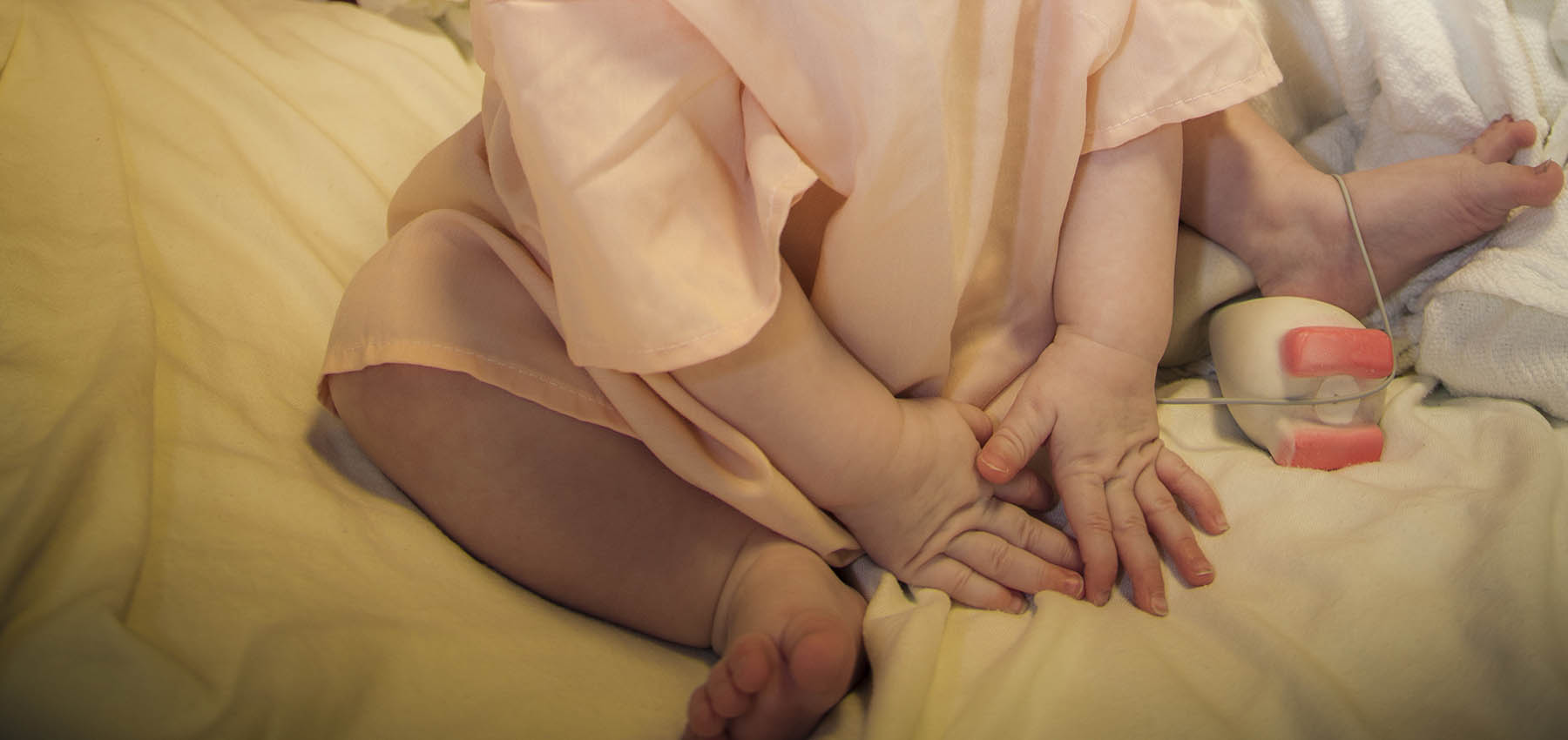Preparing for Disaster: UNM Hospital Participates in Region-Wide Emergency Training

Newborn Hope
UNM Joins National Study Comparing Medications to Treat Neonatal Opioid Withdrawal Syndrome
Newborns who have been exposed to opioid drugs in utero often show signs of neonatal opioid withdrawal syndrome (NOWS), which causes them to be irritable and fussy. They may have trouble feeding and sleeping, and they are difficult to soothe.
In recent years, doctors have learned that in most cases babies will do better when in the room with their primary caregiver, with breastfeeding and extensive skin-to-skin contact, but in about 20 to 30 percent of cases, treatment with medication may be necessary.
“In the worst-case scenario, if they have no pharmacological treatment these babies can seize or fail to thrive due to inadequate feeding,” says Larry Leeman, MD, MPH, medical director of The University of New Mexico Milagro Clinic, which provides prenatal and post-delivery care to mothers dealing with substance use issues, and co-medical director of the UNM Intermediate Care Nursery.
Leeman is principal investigator for a two-year, $445,000 grant award under the National Institutes of Health Helping to End Addiction Long-Term (HEAL) Initiative for a multi-site study that will compare the effectiveness of three medications used to help wean infants from an opioid dependency.
The drugs – methadone, morphine and buprenorphine – are all classified as opioids, but they are metabolized at different rates and their effects differ somewhat.

We’re excited to be comparing all three of them, right now, there is no drug of choice – methadone and morphine are most common. We hope to establish that one is preferrable and make that the standard of care around the country.
“We’re excited to be comparing all three of them,” Leeman says. “Right now, there is no drug of choice – methadone and morphine are most common. We hope to establish that one is preferrable and make that the standard of care around the country.”
Buprenorphine is not currently used for NOWs treatment at UNM, however, it is the medication that is most commonly used by pregnant women with opioid use disorder in the Milagro Clinic, Leeman says.
“If buprenorphine is an optimal treatment for NOWS, then this may be an appealing choice to parents,” he says. “If you’re on a drug and your baby has been on the same drug in utero there’s something appealing about keeping baby on same drug.”
For the three medications the study will look at comparative length of treatment, length of stay in the hospital, weight loss or gain and other developmental measures, Leeman says. Babies needing medication typically stay in the hospital for one to three weeks to recover from their withdrawal symptoms, but it can be longer in some cases, with some winding up in the Neonatal Intensive Care Unit.
Prior research has shown that having a standardized protocol at an institution is associated with a shorter length of stay, Leeman says. “One of the hopes is that we can decrease length of hospital admissions to get babies home with their families, which will also save lots of money.”
Under the HEAL Initiative, the grant could be extended for a total of five years, he says.
Joining Leeman as co-investigators on the study are Ludmila Bakhireva, MD, PhD, MPH, director the UNM Substance Use Research and Education Center at the UNM College of Pharmacy, and neonatologist Jessie Maxwell, MD, an assistant professor in the UNM Department of Pediatrics.